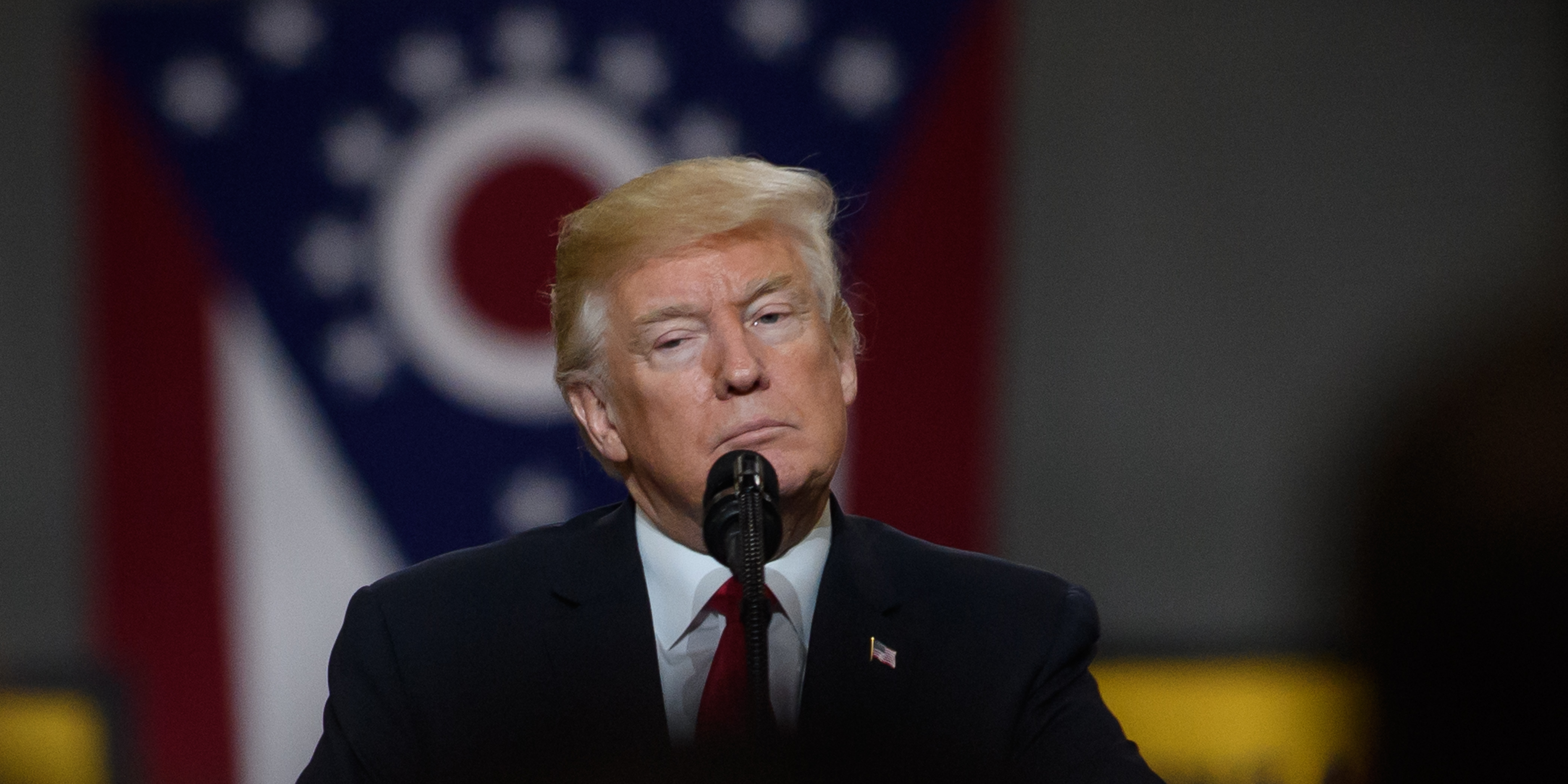- President Donald Trump renewed his calls for the Senate to kill the legislative filibuster, citing it as a key obstacle to why there is no permanent solution for the Deferred Action for Childhood Arrivals program and funding for a wall along the US-Mexico border.
- A history of major policy failures during Trump’s administration stem from factors outside of clearing a 60-vote minimum.
President Donald Trump once again took aim at the Senate filibuster, a procedural maneuver that can thwart legislation without at least 60 votes to end debate on the subject.
Trump regularly bashes the filibuster as an obstacle to his agenda. But it rarely factors into why certain things are not able to pass. In many cases, it is because the Republican conference is not unified enough on their own.
Trump declared on Monday morning that the Deferred Action for Childhood Arrivals program (DACA) is “dead” amid frustrations with his inability find a permanent solution to the issue many want to see resolved.
“DACA is dead because the Democrats didn’t care or act, and now everyone wants to get onto the DACA bandwagon… No longer works,” Trump wrote on Twitter. “Must build Wall and secure our borders with proper Border legislation. Democrats want No Borders, hence drugs and crime!”
Trump also railed against the filibuster. The president would prefer a simple majority to end debate, like is done with executive nominations.
DACA collapsed in the Senate because of other factors
All the proposals for DACA and border security funding went down in flames in February for various reasons unrelated to the filibuster.
The most popular compromise in the Senate would have given in to the White House's demands, which included $25 billion for construction of the wall along the US-Mexico border and other security measures in addition to providing a pathway to citizenship for DACA recipients. That plan received some Democratic support, but failed 54-45.
Even though that plan failed to surpass the 60-vote threshold, the filibuster was irrelevant in that case as the Trump administration had already rejected the deal.
White House officials called it dead on arrival before a vote was even held, and the Department of Homeland Security called it "an egregious violation of the four compromise pillars laid out by the President's immigration reform framework."
The one plan the White House actually backed could not even muster enough support from the entire Republican conference.
An amendment from Iowa Sen. Chuck Grassley, which included many of the same elements of the other plan but significantly reduced legal immigration levels, only managed to get 39 'yes' votes.
Repealing and replacing Obamacare failed too
In the first year of Trump's presidency, Republicans repeatedly stepped on the proverbial rake in their attempts to repeal and replace President Barack Obama's signature law, the Affordable Care Act.
Almost every month of 2017 was full of setbacks in trying to repeal Obamacare. In July, Senate Majority Leader Mitch McConnell said, "It's time to move on" after their plan could not even get 50 Republican votes.
Months later in September, a revamped plan from Sens. Lindsey Graham and Bill Cassidy once again failed to get at least 50 Republicans willing to support it, leading McConnell to scrap it altogether.
Republicans "nuked" the filibuster for Supreme Court nominees when it became apparent not enough Democrats would support Neil Gorsuch's confirmation. The tax overhaul bill was done through a process called "reconciliation," which is why it did not require 60 votes, but also why it did not go as far as many Republicans had hoped.
The bottom line is that when Trump blames the filibuster as his primary obstacle to achieving more legislative wins, he is often ignoring underlying factors, mainly that in most cases Republicans cannot agree enough to make good on years of promises.
